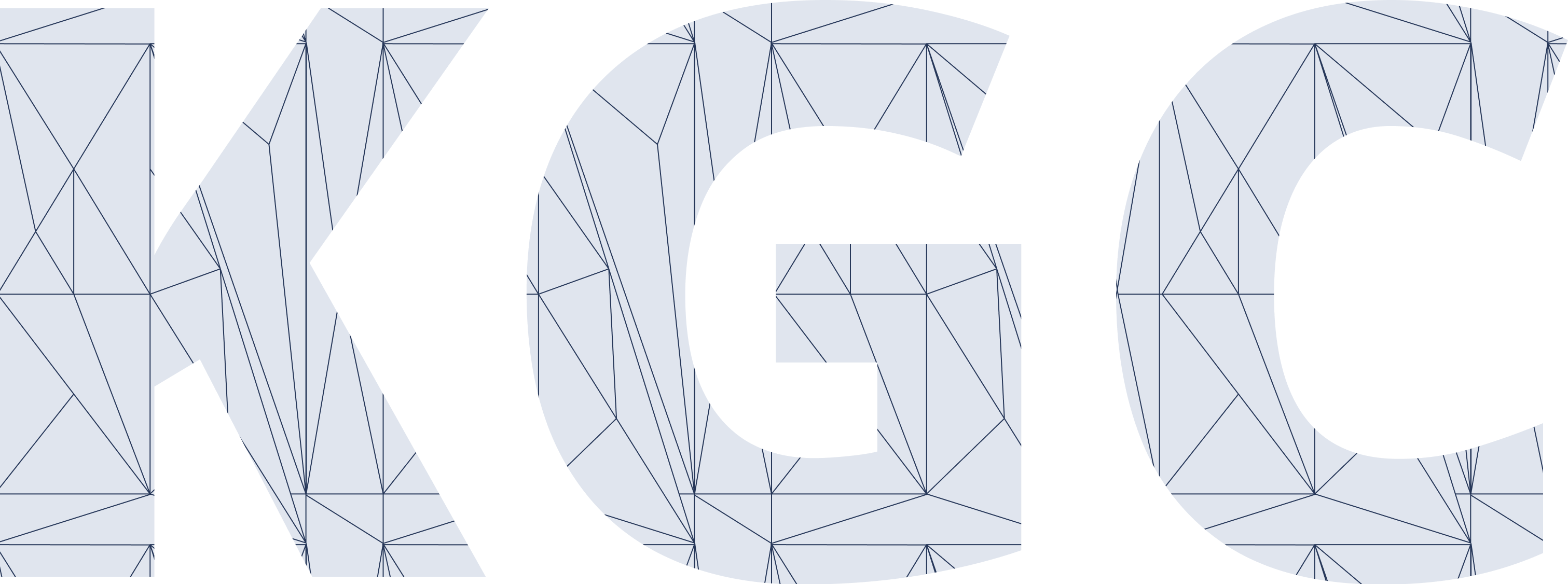Event Details
| Location | Room 1 (Auditorium) |
| Date | May 3, 2022 |
| Time | 9:00 AM to 10:30 AM |
Ontologies form the semantic framework for knowledge graphs, but to serve the purpose of linking data, ontologies need to be based on taxonomies or other controlled vocabularies, whose concepts are linked to data and tagged to content. There has also been a trend of greater integration of taxonomies and ontologies: ontologies are being adopted for wider business use, and taxonomies have been included in the W3C standards with widespread adoption of SKOS (Simple Knowledge Organization System).
While taxonomies are easier to design and create than ontologies, too often they are created without any skill or training, and poorly designed taxonomies yield poor results. This tutorial will cover the basics and best practices in taxonomy design, including: types of controlled vocabularies, standards, sources for topical concepts, wording of labels, alternative labels, hierarchical and associative relationships, and governance. This tutorial also explains the approach of semantically enriching an existing taxonomy to become an ontology by adding a semantic layer of an ontology or custom scheme.
Outline:
- Introduction to taxonomies and ontologies: background, uses, purposes, and approaches
- Taxonomies and other types of controlled vocabularies: characteristics and comparisons
- Standards and models for controlled vocabularies: ANSI/NISO, ISO, SKOS
- Sources for concepts: manual content analysis, term extraction, user interviews, brainstorming
- Wording of labels: conventions and style
- Alternative labels: purpose, types, number of labels
- Hierarchical relationships: purposes, types and best practices
- Associative relationships: purposes and types
- Governance: documentation and processes, such as for adding new concepts
- Semantically enriching a taxonomy to extend it to become an ontology [will include a PoolParty demo]
- Understand the diversity of knowledge organization systems and which are better suited for which situations
- What resources to use in developing a taxonomy
- How to develop concepts and labels that best serve the users
- How to construct taxonomy/thesaurus relationships according to standards and best practices
- How to extend a taxonomy into an ontology and how to design an ontology that leverages and existing taxonomy
- Ontologists or knowledge engineers who are not experienced in creating taxonomies
- Those who have a basic understanding of taxonomies or ontologies, but would like to know more
- Managers of data, information, content, or knowledge
- Identifying the most suitable controlled vocabulary type
- Suggesting alternative labels
- Suggesting broader and narrower concepts
- Suggesting related concepts
- Semantic model design
Basic familiarity and understanding of ontologies and taxonomies, but prior experience creating them is not required.

